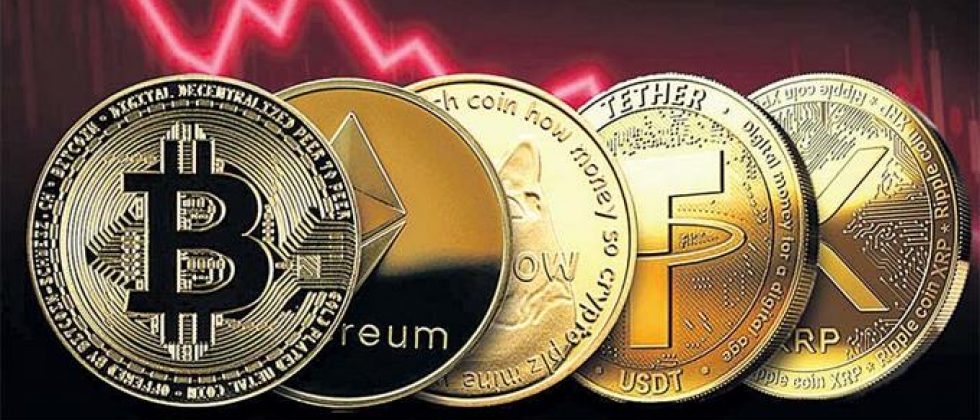news
“The Future of Money”, an article by Dr. Leonel Fernández
August 8, 2022
Money has not always existed as we know it today. It is the result of a long evolution that has taken place through time. It took thousands of years for humanity to adapt to the use of money as a way to carry out its transactions.
Aside from paper and metal currencies, other diverse modalities on how to use money, such as checks, promissory and payment notes, bonds and stocks. More recently, the use of credit cards and electronic payments are regularly used.
Today, the question is if we are approaching the moment when we will know longer use money as we know it. For example, the use of cash money as we know it, in countries such as Sweden and China, has changed. The use of mobile telephones to make frequent electronic payments, and the use of conventional money has become a thing of the past or anachronistic.
It seems, therefore, that we are on the threshold of a new financial revolution,
As a matter of fact, and beginning in 2009, in the context of the global financial crisis, a new trend regarding financial assets has expanded internationally. We are talking about cryptocurrencies, or digital currency. It is estimated that today there are some 12,000 of them, including bitcoins, ethereum, dogecoin and tether.
Crypto coins have gone from being a simple curiosity and enigma, and transform itself, today, as a recognized force in the financial world, trade and technology.
We can all identify and an American dollar is, or a Dominican peso, and we certainly know what a penny is. What is still not clear is what a crypto coin looks like.
CRYPTOCURRENCY
A cryptocurrency is an open computer code, generated by a specific software that allows users to story and carry out transactions online. It is done through an extensive web of private computers throughout the world.
The code verifies and brings together the transactions carried out through a special registry known as Blockchain. It is a large file that contains all the transactions that have been carried out.
The value of cryptocurrency is generally determined in relation to the U.S. dollar. That value can vary tremendously. It has plummeted as much as the tenth part of a U.S. penny, and as high as US$60,000 per bitcoin at its most splendorous moment.
In spite of its ups-and-downs, a variety of sectors participate – on a daily basis – in the digital market sector, ranging from important financial institutions, commercial banks and inventors, stockbrokers, the stock market and hedgefunds.
The cryptocurrency has become truly popular, creating and destroying – at the same time – great fortunes. Thousands of projects are designed and executed every single day. It has created its own language, which can be confusing and incomprehensible for those who are not familiar with the dynamics of its operating systems.
Due to these circumstances, inevitable questions arise: What is a cryptographic ecosystem? What is a blockchain? What is a digital asset? What is a stablecoin? What is a Coinbase? What are the DeFi commercial protocols? What are the Web3 applications?
The crypto coins have the capacity to create havoc in the global financial system. They are considered to be investments, and are used to purchase anything available in today’s world: from food, real estate, services and remittances.
They are easily and anonymously transferable, without having to involve banks that could block the transaction or charge special rates.
Currently, the cryptocurrency market is valued at US$1.75 trillion. This means that if it were a country, it would be, after Brazil, the most important economy in Latin America.
In the United States, 20% of its citizens and 36% of the new generations – specifically the millennials – participate in the diverse market known as cryptocurrency.
In the Dominican Republic, even though the sector is just beginning, the number of individuals that are becoming involved in this sector are carrying out more and more transactions through the use of crypto coins.
THE CONTROVERSY
However, this phenomenon has created tremendous controversy. On the one hand, you have the crypto-optimists. On the other, you have the crypto-skeptics.
On the other hand, there are the crypto-skeptics. Those are the ones that are identified for their lack of faith in the virtual coin system.
They also belief that the crypto coins can be used for illicit activities, such as money laundering, hacking of accounts, the purchase of prohibited goods and services, and supporting terrorist activities.
Overall, they believe that cryptocurrencies can lead to fraud or scams, and are condemned to a failing system.
Various countries have also expressed diverse opinions regarding the system, and are questioning whether they should enter into it or simply block its use.
El Salvador, for example, has been the only country in the world to adopt the bitcoin as a legal currency. China, on the contrary, and many other nations, have declared it illegal or have imposed restrictions to the banking system prohibiting these kinds of transactions.
As a reaction of the autonomy and decentralization of the cryptocurrency markets, efforts are being made to regulate the system. And on the other side, efforts have been carried out to for central banks to create their own national digital systems.
For example, China has talked about a digital Yuan. And the U.S. Treasury Department is thinking about the creation of a digital dollar. The European Union, at the same time, is thinking of a digital Euro.
Perhaps, at some point, the Dominican system can engage in a discussion regarding a digital national peso.
Money has constantly evolved. Humanity goes forward to create new ways of representation, as well as engage in profound transformations in the international financial structure.





